Zelensky home town’s blunt message: ‘Welcome to hell, Russians’
The inhabitants of the mining city Kryvyi Rih are ready to die for their country and the local hero.
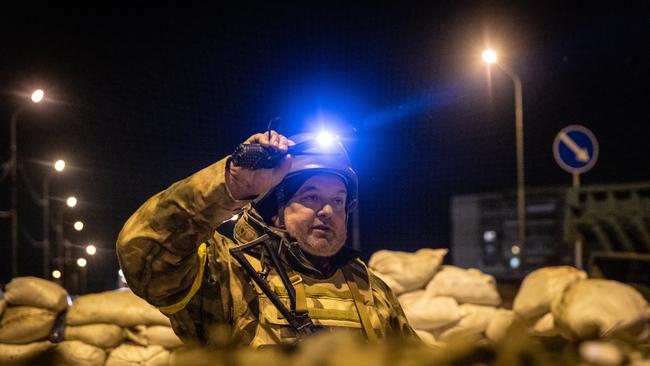
The blunt message was scrawled across a banner on a bridge over the entry road to Kryvyi Rih, the mining city whose most famous son, once a stand-up comedian, now leads his country in war. “Welcome to Hell, Russian Occupant,” it said.
As they toil in preparation for street battles with the Russian troops pushing northward, erecting barricades and digging trenches and tank traps, every man and woman here expresses their respect for President Volodymyr Zelensky and their readiness to fight for him.
There is only one route for the Russians towards the large industrial city of Dnipro. It runs straight through Kryvyi Rih. To the south, Russian forces have captured Kherson. To the east, they have seized Europe’s largest nuclear power plant. Now the inhabitants of the city where Zelensky was born and brought up are girded for a fight. They want their President to know they will not be found lacking.
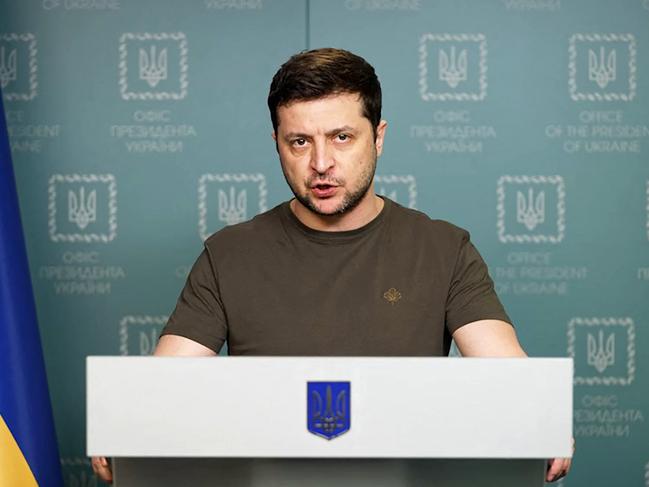
“All of us here and all in Ukraine have rallied around Zelensky. He is a brave fighter who chose to stand among his people and unite them,” said the city’s head of military administration, Aleksandr Vilkul, once a political rival of Zelensky, whom he has known since they were students at the local university. “He has inspired us. It’s not just about our support for him, but about his support for us. He should know that his city is ready to fight.”
Even the gravedigger who showed me where Zelensky’s grandparents were buried – in a cemetery on the city’s west side, beside one of the main axis routes of the Russian advance – repeated the refrain.
“I’m ready to chop and burn the Russian invaders,” said Oleg, 43, as he pointed to where Zelensky’s grandfather, Semyon Ivanovych Zelensky, a Red Army soldier who fought as a member of the Soviet 57th Guards Motor Rifle Division against the Nazis in the Second World War, lay beside his wife. “Other presidents would have run away or surrendered by now. Not Zelensky. We will not let him down.”
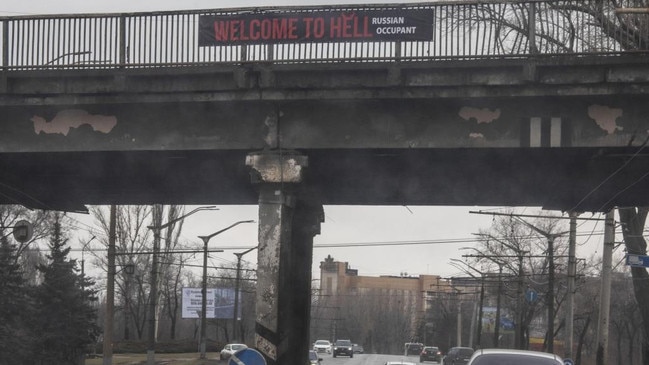
The war has already reached Kryvyi Rih. On the first day of the invasion missiles struck two military installations in the city, which was founded by Cossacks in the 18th century and has spread along its iron ore seams.
An attempt a day later by Russian units to land an Il-76 transport aircraft loaded with paratroopers at the airport was thwarted when the runway was blocked with tanks. Then, five days ago, a huge armoured column pushing towards the city was driven back after twice being attacked by missiles fired from Ukrainian helicopters. Now, as invading units consolidate their captured territory along the coast and again move northward, the officials are sure their city is the next objective.
“We sit on the main road to Dnipro. There is no ring road around us, just one main road north that runs straight through Kryvyi Rih,” said Vilkul, 47, who is co-ordinating the defence.
“The leading Russian units are only 90km to our south. They move fast. They want to move on Dnipro, which means we’ll have street battles here. They’re coming. We’re ready. These aren’t just my words. This is the mood of the city.”
Vilkul’s battle plan to defend Zelensky’s birthplace is simple. Utilising the thousands of civil volunteers and territorial defence forces that have rallied to the President’s call to arms, he has transformed the streets into segmented lines of defence. Ukrainian troops and anti-tank weaponry protect its northern and southern approaches, while armed civilians are readied for street fighting behind barricades of sandbags and iron “hedgehogs”, flanked by huge open-pit iron ore mines, the steelworks’ belching chimneys and sprawling industrial complexes. “We’ve been stockpiling food, ammunition and weapons,” Vilkul added. “We won’t retreat. We’ll stand and fight.”
Zelensky, 44, was born to Jewish parents in 1978, the son of a professor and an engineer, and studied law at the city’s university. Many of his fellow students were on the barricades on Friday.
“He was a natural leader within his group at university, energetic and great at organising,” said Vadim, a 43-year-old volunteer who was leading workers pulling iron hedgehogs into position at a street junction. “We used to hang out as students and swap jokes. I was amazed when he went into politics and, like anyone you’ve been to school with who ends up in politics, I was dubious as to how he would do. But since the invasion he has inspired every one of us in this city. He’s our man. His leadership in this war has made him the best president Ukraine has ever had.”
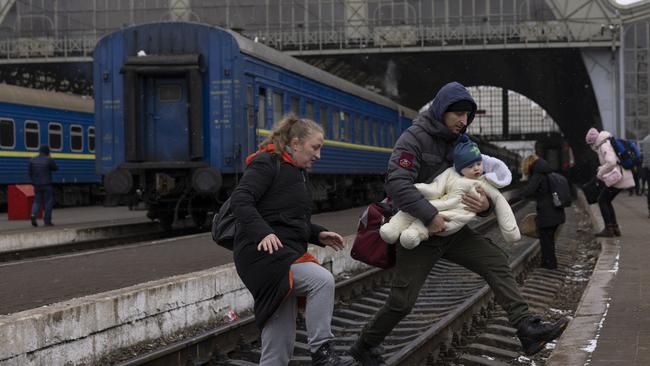
In a refugee centre, where new arrivals appeared having fled from the nearby city of Zaporizhzhya after the Russians captured its nuclear power plant, one woman who had met Zelensky during his 2019 election campaign said she would hurl the invaders into the iron ore pits for her President. In the city’s northern zone, I met a mining official who wanted him renamed “Volodymyr the Victor”.
THE TIMES


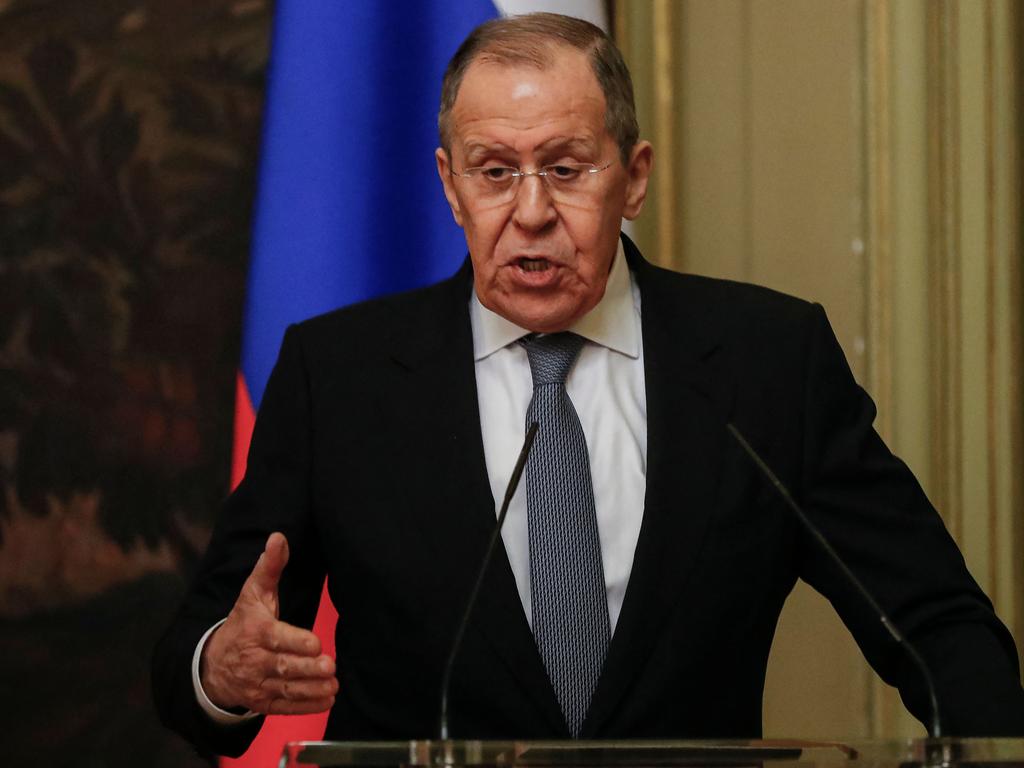



To join the conversation, please log in. Don't have an account? Register
Join the conversation, you are commenting as Logout